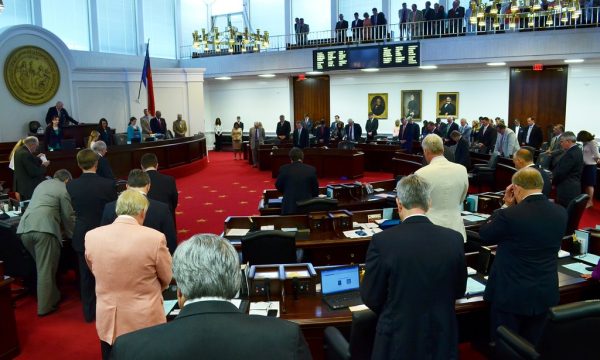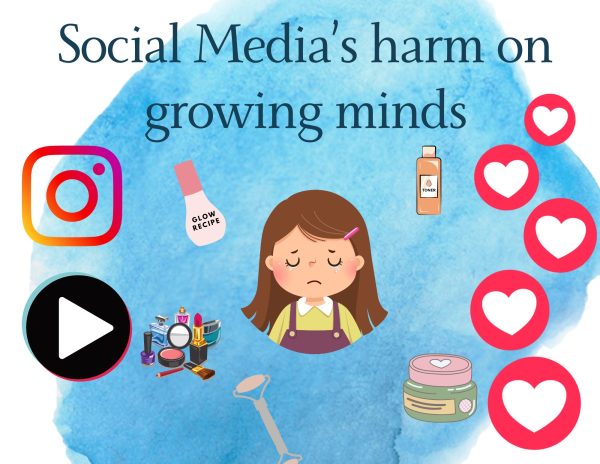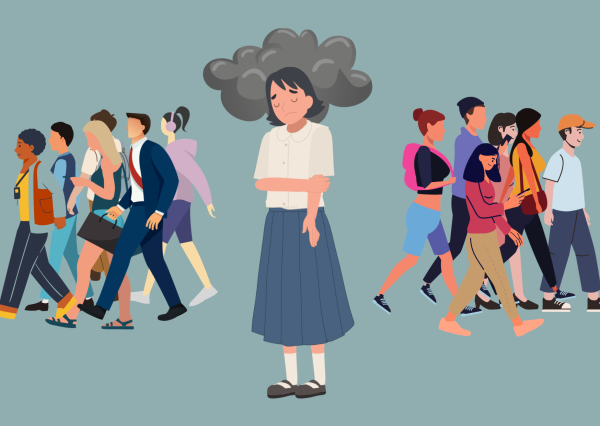Higher education: A broken and overpriced system
Higher education has become necessary to the newer generations’ success in the American workforce, but how attainable is such an education?
Senior year of high school is the most stressful year of my life so far. This is the first year in which I’m facing the unknown of the future face-on. The impending intensity of higher education is right around the corner, and I have mixed feelings of dread and excitement. There is so much to look forward to: new friends, independence from parents, and academic success. However, there is a major downside to higher education–college tuition.
The cost of public university in America averages out to $26,120 per year. Let me repeat: twenty-six thousand, one hundred and twenty dollars. I’m a seventeen-year-old who works full time to overtime in the summers, as well as working part-time during the week. Still, I don’t have the money to pay for an education to attain a degree on my own. The U.S. student loan debt clock is live and currently reporting at $1,584,451,999,902 as of 1:34 PM on March 11th, 2019. The fact that this debt crisis is not being addressed in proportionality to the conflict is completely outrageous. Higher education should not cost this much.
Financial aid is not as accessible as it should be. In every single financial aid form I have filled out, I was required to share information about my household income (how much money my parents make annually). The truth is my parents, along with the parents of most of the students I know who plan to go to college, are not paying for the entire four years. Most of the cost of my education falls on my shoulders, which is going to be a very difficult thing to deal with for the next twenty years. My mother and father have a Ph.D. and an MBA, respectively. They have both been out of grad school since 2005 and are still paying off their debt. This is absolutely ridiculous, especially because not every student will make enough money to pay off the hundreds to thousands of dollars of student debt in the years following graduation.
The fact that this debt crisis is not being addressed in proportionality to the conflict is completely outrageous. Higher education should not cost this much.
In a recent visit to a North Carolina State University event, enrolled college students were asked by admitted students about the dreaded question: graduation. While at the event, a prospective student inquired about the four-year graduation rate, to which the response was to expect taking five years to graduate. I was shocked because an additional year of college means spending an additional estimated $25,000 just to achieve a bachelor’s degree.
There are many reasons why people take too long to graduate, such as the normalization of transferring between schools during undergrad. “A third of students transfer at one point in their college careers. Nearly 40 percent of them get no credit for any of the courses they have completed and lose 27 credits on average — or about a year of school, according to a 2014 federal study.” Transferring majors also consumes time and money, especially depending on the commitment of the major. A public flagship university will have an average of 36 percent of their seniors graduate within four years, and the remaining 64 percent graduate in six years.
These terrifying statistics are not welcoming to the graduating high school senior, but they’re warning factors to help make decisions that will affect financial and mental stability in years to come.
Consult and converse with your counselors and academic advisers, visit schools multiple times before making the decision to go so that you can avoid the potential dilemma of transferring, and prioritize the classes you need to graduate over the ones that just look fun.
Twenty years from now, you’ll be thankful for the clever financial and academic choices you make, even if they’re hard to settle with.













